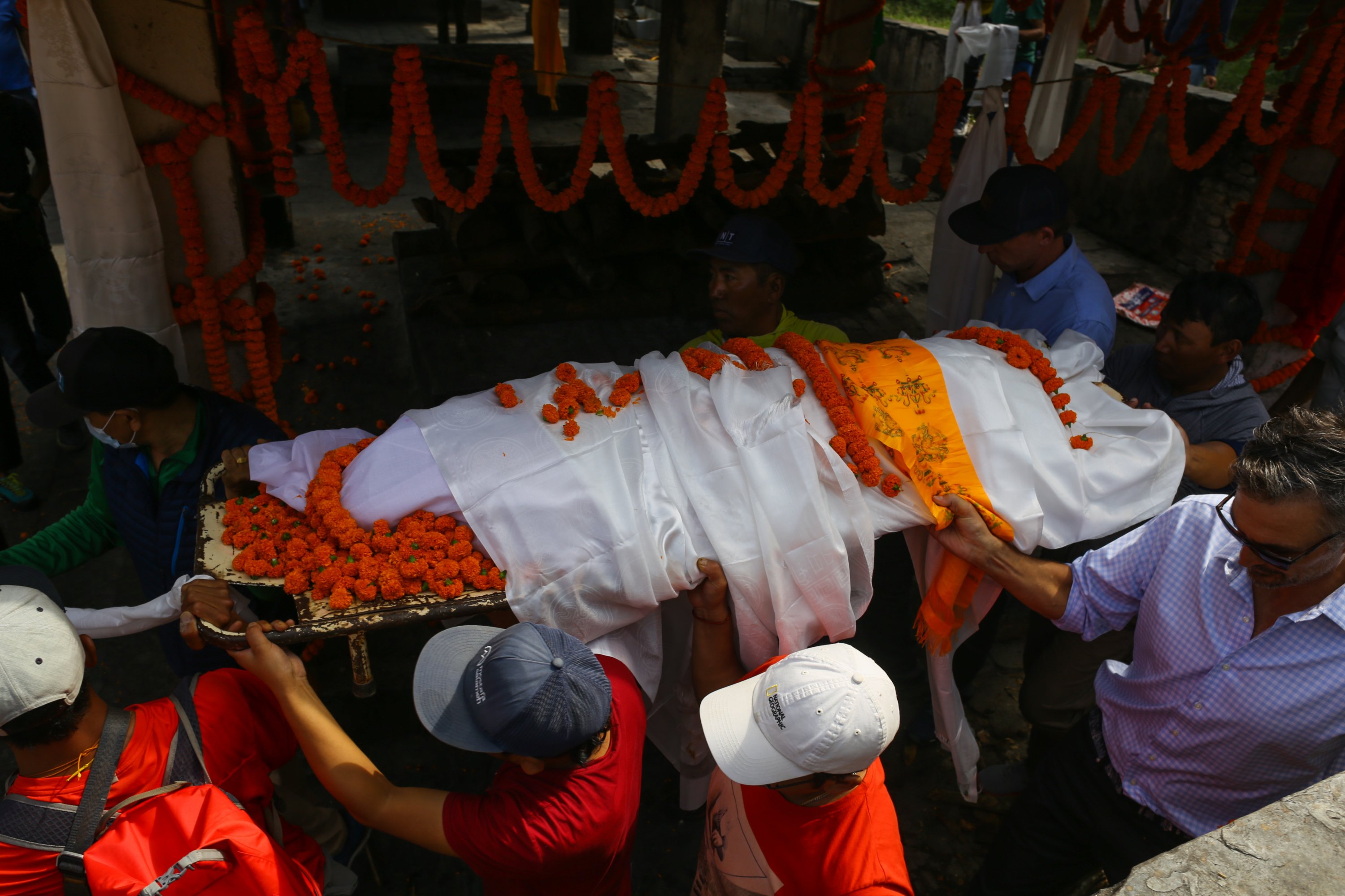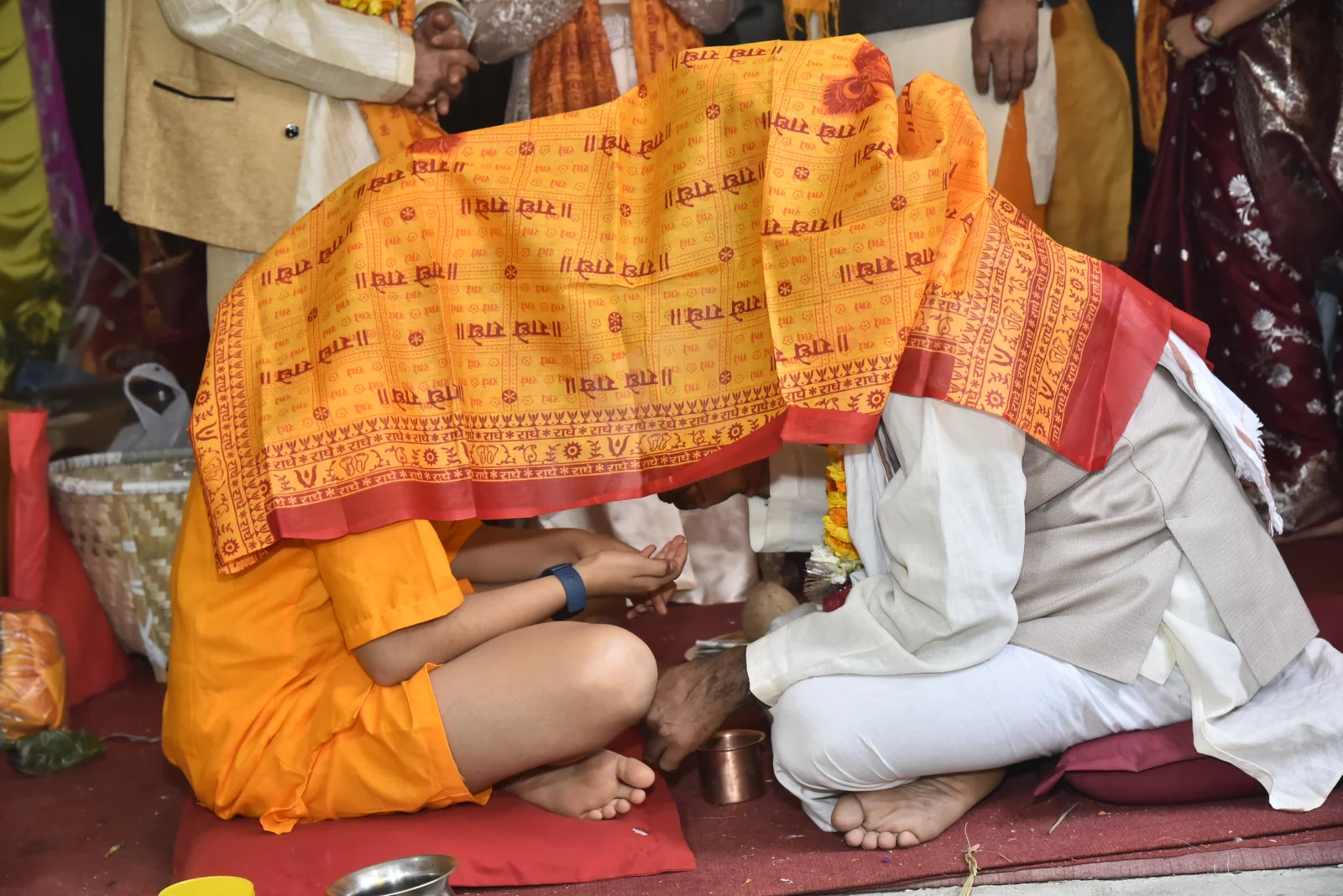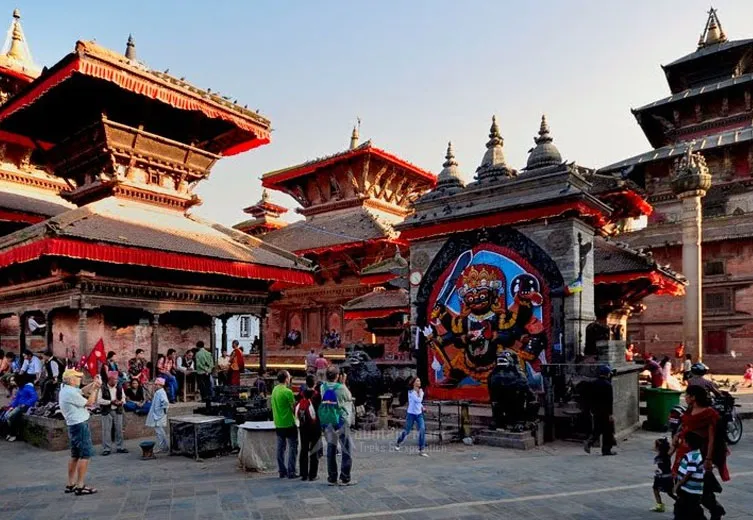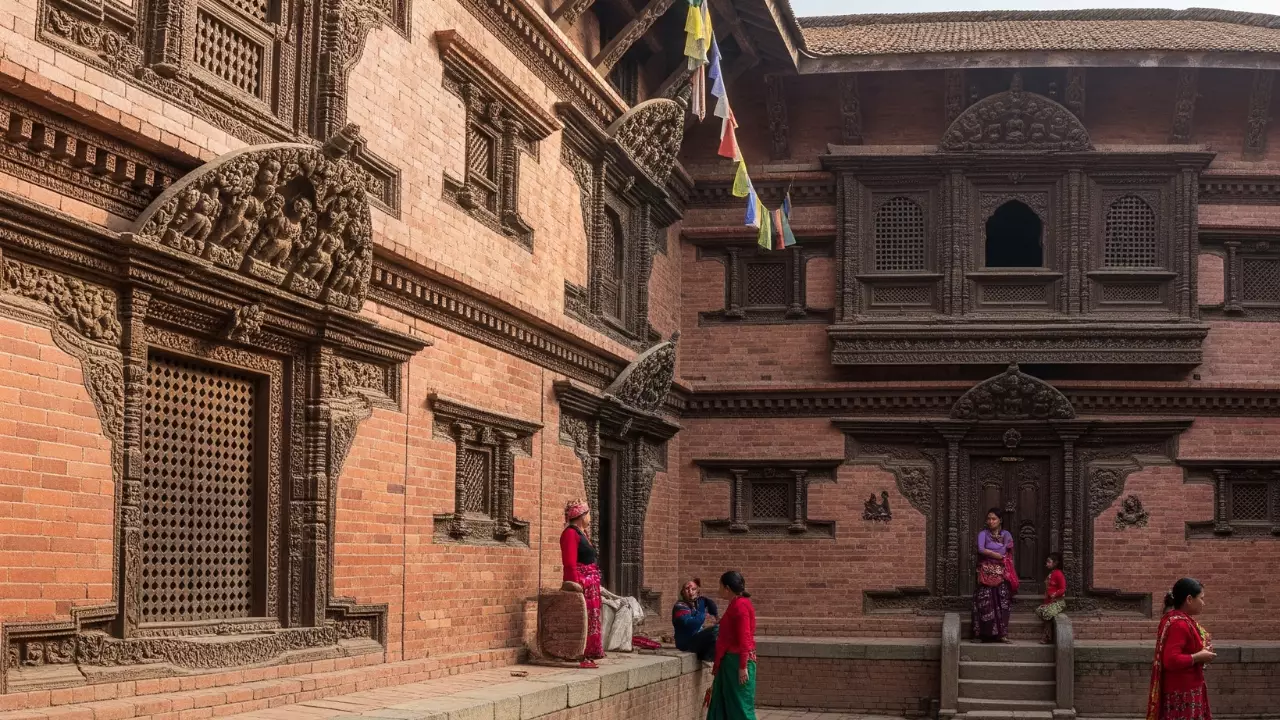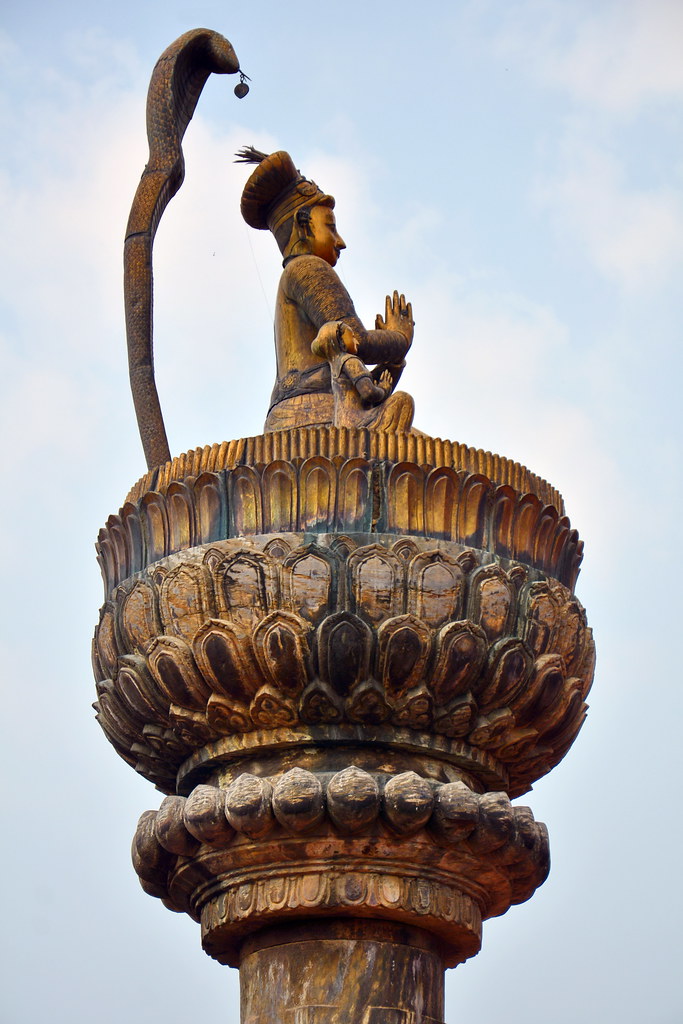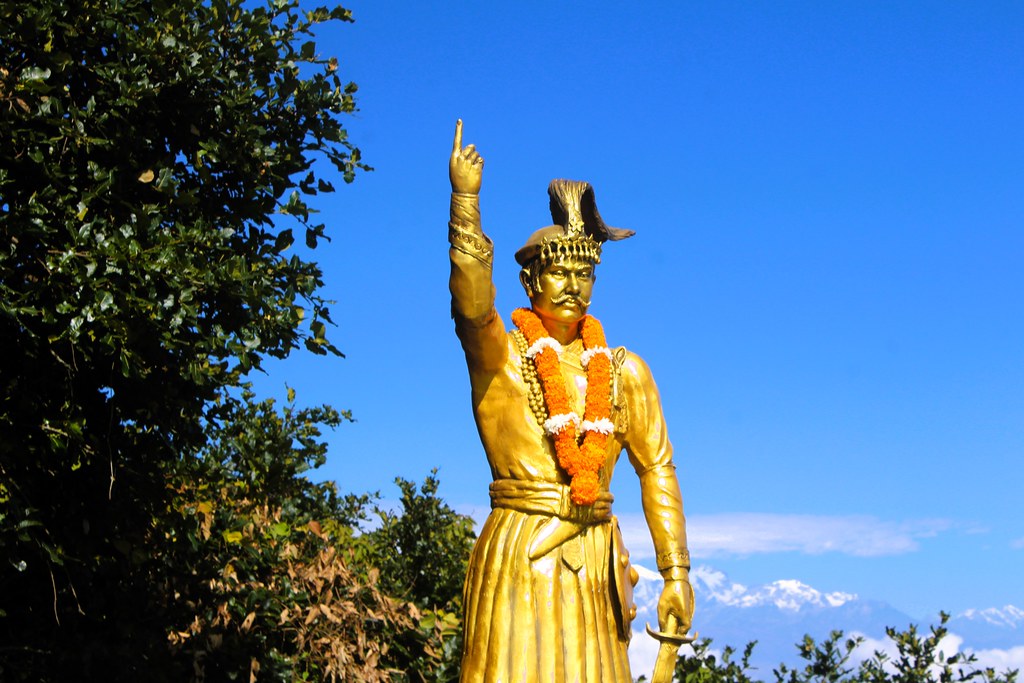Share this Article
Introduction – The Golden Age of Nepali Culture
The Malla era, spanning from the 12th to the 18th century, is widely regarded as the golden age of Nepali culture. This period was characterized by unparalleled developments in art, architecture, and urban planning, driven largely by the patronage of the Malla kings. The rulers of this era were not only political leaders but also connoisseurs of art and culture, who sought to manifest their devotion, wealth, and power through grand temples, palaces, and public spaces.
During the Malla period, Nepal’s cities—particularly Kathmandu, Patan, and Bhaktapur—emerged as vibrant centers of creativity. Trade with Tibet, India, and other Himalayan regions brought prosperity, enabling the commissioning of elaborate works of art. The era’s distinctive aesthetic blended religious symbolism, technical ingenuity, and cultural expression, leaving a legacy that continues to define the Kathmandu Valley.
The Malla era was not merely about building grand structures or producing exquisite sculptures; it represented a holistic integration of civic life, religion, and artistic expression. Festivals, rituals, and public ceremonies were infused with art, making every aspect of daily life a reflection of spiritual and cultural values. This period laid the foundation for the enduring identity of Nepali art and architecture, inspiring generations of artisans, architects, and scholars.
Historical Context of the Malla Era
The Malla dynasty rose to prominence in Nepal after the decline of the Licchavi period, marking a significant chapter in the country’s medieval history. The term “Malla” literally means “wrestler” or “strongman,” symbolizing both physical strength and political power. The dynasty ruled a landscape divided into multiple city-states, including Kathmandu, Patan, and Bhaktapur. Despite frequent rivalries among these cities, the Malla kings shared a common commitment to art, religion, and cultural development, fostering a competitive yet flourishing environment for creativity.
This era coincided with a period of economic growth. The Kathmandu Valley became a hub for trade, connecting the Indian subcontinent with Tibet and other Himalayan regions. Merchants brought not only wealth but also ideas, artistic styles, and religious influences, which the Malla rulers eagerly embraced. This cross-cultural exchange enriched local craftsmanship, architecture, and urban planning, allowing Nepali art to evolve into a highly distinctive style that combined indigenous traditions with external inspirations.
The Malla kings were remarkable patrons of the arts. They invested in grand construction projects, sponsored festivals, and supported artisans in diverse crafts such as woodcarving, metalwork, painting, and stone sculpture. Their rule emphasized the integration of spiritual, civic, and aesthetic life. In every temple, palace, and public square, one could witness the careful orchestration of religious symbolism, architectural beauty, and urban functionality.
Moreover, the political fragmentation of the valley—while a source of conflict—also encouraged each city-state to surpass the others in cultural achievements. This healthy competition led to the creation of masterpieces that are today celebrated as UNESCO World Heritage Sites. The legacy of the Malla era is not merely in its physical monuments, but in the cultural ideals it promoted: devotion to religion, respect for craftsmanship, and the elevation of art as a vital part of societal life.
Architectural Innovation – Temples and Palaces
The Malla era is renowned for its architectural brilliance, which transformed the Kathmandu Valley into a living museum of religious and civic structures. Architecture during this period was not just functional; it was a manifestation of spiritual devotion, royal authority, and artistic excellence. The Malla kings employed skilled artisans to design temples, palaces, and public spaces that reflected both religious symbolism and urban sophistication.
One of the most remarkable contributions of the Malla period is the refinement of the pagoda-style temple. Although the pagoda was introduced in Nepal earlier, the Mallas perfected it by adding multiple tiers, intricate wood carvings, and elaborate struts depicting deities and mythical creatures. The Nyatapola Temple in Bhaktapur, constructed in the early 18th century, exemplifies the pinnacle of pagoda architecture. Standing five stories tall, it not only showcases structural ingenuity but also embodies religious symbolism, with each tier representing elements of cosmology and divine hierarchy.
Malla palaces, such as Hanuman Dhoka in Kathmandu and the Patan Durbar Square complex, demonstrate the era’s architectural sophistication beyond religious structures. These palaces combined ceremonial halls, courtyards, and living quarters in a harmonious layout. Courtyards were central to palace design, serving as venues for public gatherings, religious rituals, and administrative functions. Decorative elements, such as carved windows, ornate doors, and sculpted struts, emphasized both aesthetic beauty and royal prestige.
The Mallas also innovated in brick and wood construction, creating resilient structures capable of withstanding both natural and human-made challenges. Artisans perfected techniques such as interlocking wooden struts, intricately carved roof supports, and precision stonework. Temples and palaces were adorned with statues, reliefs, and frescoes, turning each building into a comprehensive work of art.
Urban planning was closely linked to architecture. Temples were strategically located in public squares, creating visual focal points that reinforced both civic life and spiritual devotion. This integration of architecture with urban design demonstrates the Mallas’ understanding that beauty, functionality, and religious significance could coexist in a single harmonious space.
Through these architectural achievements, the Malla era left a lasting imprint on Nepali identity. The temples and palaces they built not only served religious and political purposes but also became enduring symbols of Nepal’s rich cultural heritage, inspiring generations of architects and artisans.
Sculpture and Iconography
The Malla era is celebrated not only for its architectural marvels but also for its extraordinary sculpture and iconography. Artisans of this period transformed religious and royal imagery into highly detailed, expressive works of art, reflecting both spiritual devotion and technical mastery. Bronze, stone, and wood were the primary mediums, and each material was used with precision to convey sacred symbolism and aesthetic elegance.
Bronze sculptures reached unprecedented levels of sophistication during the Malla period. Artisans employed the lost-wax casting technique, allowing them to produce statues with intricate details and dynamic poses. Life-sized figures of deities, such as Vishnu, Shiva, and Avalokiteshvara, were common, often depicted with multiple arms, symbolic objects, and intricate jewelry. One of the most renowned examples is the statue of King Bhupatindra Malla in Bhaktapur, which combines royal authority with meticulous artistic craftsmanship, reflecting both devotion and civic pride.
Stone carvings were equally remarkable. Temple doors, windows, and plinths were adorned with mythological scenes, sacred motifs, and symbolic patterns. These carvings were not mere decoration; they served as educational tools, narrating stories from Hindu epics like the Ramayana and Mahabharata, as well as Buddhist Jataka tales. Even small reliefs displayed incredible attention to detail, allowing viewers to engage with complex spiritual narratives through visual representation.
Woodcarving reached its zenith in temple struts, window frames, and palace doors. Elaborate carvings depicted gods, goddesses, mythical creatures, and scenes from folklore. Artisans developed a vocabulary of motifs—like the kalash (sacred pot), makara (mythical sea creature), and lotus flowers—which appeared consistently across structures, creating a cohesive visual language throughout the Kathmandu Valley.
The Malla era also reflected a unique approach to iconography, blending Hindu and Buddhist elements. Sculptures often incorporated symbols from both religions, demonstrating a cultural syncretism that defined the period. For instance, statues of Avalokiteshvara might include attributes associated with Hindu deities, while certain temple carvings depicted Buddhist cosmology alongside Hindu narratives. This integration reinforced social harmony, spiritual inclusivity, and artistic innovation.
Through their mastery of sculpture and iconography, Malla artisans transformed temples and palaces into immersive spiritual experiences. Each statue, carving, and relief was carefully designed to convey meaning, educate devotees, and celebrate the wealth and vision of the Malla kings. This attention to detail and symbolic richness remains a defining feature of Nepali cultural heritage today.
Malla Painting – Murals and Miniatures
The Malla era is renowned for its vivid paintings, which adorned temples, palaces, and manuscripts, serving both devotional and educational purposes. Painting during this period was deeply intertwined with religion, courtly life, and cultural expression. Artists conveyed complex spiritual narratives through color, form, and symbolism, creating works that continue to inspire admiration for their technical and aesthetic brilliance.
Murals were a central feature of Malla artistic expression. Temples, palace halls, and monastic spaces were covered with large-scale depictions of Hindu and Buddhist stories. Scenes from the Ramayana, Mahabharata, and the lives of the Buddha were rendered with meticulous attention to detail. Artists used bright mineral-based pigments, applying them with precision to illustrate characters, deities, and landscapes in a manner that was both visually striking and narratively clear. Murals often incorporated symbolic motifs such as lotus flowers, kalash (sacred pot), and mythical creatures, enhancing the spiritual significance of each scene.
Miniature painting also flourished under the Mallas, particularly in illustrated manuscripts, royal chronicles, and devotional scrolls. These works were smaller in scale but no less intricate. Miniature paintings combined narrative clarity with artistic elegance, depicting court scenes, religious rituals, and mythological episodes in elaborate detail. Artists mastered perspective, color harmony, and proportion to produce compositions that were both aesthetically pleasing and culturally informative.
One notable characteristic of Malla painting was the integration of architecture and visual art. Wall paintings often interacted with the carved wood and stone decorations of temples and palaces, creating a cohesive artistic environment. For example, murals behind carved deity images complemented the three-dimensional sculptures, enhancing their sacred presence and storytelling impact.
Painting was also a reflection of cultural syncretism. Hindu and Buddhist themes frequently coexisted in a single artwork, demonstrating the Mallas’ inclusive approach to spirituality and their desire to harmonize multiple religious traditions within the valley. This blending of iconography allowed both religious communities to connect with the same visual narratives, fostering a shared cultural identity.
Through murals and miniatures, Malla painters transformed physical spaces into immersive experiences, educating devotees, glorifying royal authority, and celebrating the spiritual life of the community. The vibrant colors, symbolic motifs, and narrative depth of these paintings remain a defining feature of Nepal’s artistic heritage, showcasing the creative genius of an era that valued art as an essential expression of human devotion and intellect.
Cultural Syncretism – Hinduism and Buddhism
One of the most remarkable aspects of the Malla era was its cultural and religious syncretism. Hinduism and Buddhism, the two dominant spiritual traditions in the Kathmandu Valley, coexisted harmoniously, profoundly influencing the period’s art, architecture, and social life. This integration created a unique cultural ecosystem in which religious diversity became a source of creativity rather than conflict.
The Malla kings actively promoted this inclusivity through their patronage of both Hindu and Buddhist institutions. Temples often housed shrines for deities from both religions, and festivals celebrated the spiritual heritage of the valley as a whole. For instance, the Swayambhunath Stupa, a major Buddhist site, received royal support for expansions and artistic embellishments, while Hindu temples such as Pashupatinath were simultaneously enhanced with Malla-era carvings and sculptures.
This syncretism extended to iconography and artistic expression. Sculptures frequently blended Hindu and Buddhist attributes, and murals depicted stories and teachings from both traditions. A single artwork might present Avalokiteshvara, the Bodhisattva of Compassion, alongside Hindu gods like Vishnu or Shiva, reflecting an understanding of spiritual unity. These creative integrations reinforced social cohesion, as the shared sacred spaces fostered collective participation across religious communities.
Festivals also demonstrated the blending of traditions. Many public celebrations incorporated rituals, music, and visual symbolism from both Hinduism and Buddhism. Chariot processions, sacred dances, and ceremonial offerings became opportunities for communities to experience art in motion, ensuring that religious devotion was inseparable from aesthetic enjoyment and communal life.
The Malla era’s syncretic approach had a lasting impact on Nepali cultural identity. By harmonizing spiritual traditions through art and public life, the Mallas established a model of inclusivity and mutual respect that allowed creativity to flourish. Their vision ensured that artistic achievements were not limited to a single religious perspective but reflected the valley’s diverse spiritual heritage.
Through this blending of Hindu and Buddhist elements, the Malla era cultivated a cultural richness that went beyond mere aesthetics. It created a living tradition, where architecture, sculpture, painting, and ritual practice worked together to convey moral, spiritual, and social values—a legacy that continues to define the Kathmandu Valley today.
Urban Planning and Public Spaces
The Malla era was not only a golden age of art and architecture but also a period of remarkable urban planning. The kings of this period understood that a city’s design could reflect both spiritual ideals and civic functionality. Public spaces, streets, and city layouts were carefully planned to integrate temples, palaces, marketplaces, and communal areas, creating harmonious urban environments that served religious, social, and economic purposes.
At the heart of Malla cities were Durbar Squares, the central public squares that acted as both civic and religious centers. Kathmandu, Patan, and Bhaktapur each feature iconic squares that combine palaces, temples, courtyards, and open spaces. These squares were the stage for festivals, royal ceremonies, and daily social interactions, reflecting the integration of civic life with spiritual observance. Each square was thoughtfully oriented, with important structures positioned to highlight architectural symmetry and visual prominence.
Water management and public utilities were also integral to Malla urban design. Stone water fountains (hiti), public wells, and rest houses were strategically placed throughout the city to ensure access to clean water and communal gathering spaces. Markets were situated near main squares, facilitating trade and social interaction. The layout of streets and alleys ensured that neighborhoods were connected while preserving areas for religious rituals and public festivals.
The Mallas demonstrated a keen awareness of aesthetic and symbolic urban design. Temples were not isolated structures but part of a broader cityscape, creating visual focal points that guided the movement of people and drew attention to sacred sites. Palaces and courtyards were integrated with temples, emphasizing the connection between royal authority and spiritual sanctity. This design philosophy created a living city, where art, religion, and daily life were intertwined.
The legacy of Malla urban planning is still evident today. Even after centuries of natural disasters and modernization, the basic layouts of Durbar Squares, streets, and public utilities remain largely intact, continuing to reflect the era’s sophisticated understanding of urban design. The Malla period demonstrates that a city can be both functional and beautiful, offering spaces that nourish spiritual, social, and economic life simultaneously.
Festivals and Rituals as Artistic Expression
In the Malla era, art was not confined to temples, palaces, or static objects; it extended into festivals, rituals, and public performances, transforming everyday life into a canvas of cultural expression. Festivals were elaborate affairs, combining visual artistry, music, dance, and ceremonial practices, reflecting the deep integration of spirituality, civic life, and aesthetic sensibility.
One of the most iconic festivals was Indra Jatra in Kathmandu, celebrated with grand chariot processions, masked dances, and vibrant displays of traditional art. Similarly, Bisket Jatra in Bhaktapur featured elaborately decorated chariots, intricate wooden carvings, and community participation that turned the streets into a living gallery of artistry. These festivals were not merely entertainment; they reinforced social cohesion, royal authority, and religious devotion.
Rituals associated with festivals were also highly artistic. Priests, performers, and devotees donned intricately designed costumes, masks, and ornaments, often crafted by skilled artisans. Sacred music, played on traditional instruments, accompanied processions, dances, and ceremonial performances, creating a multisensory experience that engaged the community in spiritual and aesthetic appreciation.
The ephemeral nature of festival art—such as painted chariots, ceremonial masks, and temporary stage decorations—highlighted the dynamic and participatory character of Malla culture. Unlike permanent sculptures or buildings, these creations existed only for the duration of the festival, yet they were crafted with meticulous detail and creativity. This emphasis on temporality illustrates the Mallas’ belief that art should be experienced as a living, communal practice.
Through festivals and rituals, Malla art became interactive and democratic, accessible to all members of society. Artistic expression was woven into civic and religious life, ensuring that creativity was not restricted to royal courts or temples but was a shared cultural resource. This approach strengthened the connection between the populace and their cultural heritage, fostering a sense of belonging, pride, and continuity.
The Malla era demonstrates that art is not merely an object to be admired; it is a living, breathing force that shapes social life, religious devotion, and community identity. Festivals and rituals remain one of the clearest examples of how Malla culture transformed ordinary civic life into a celebration of creativity and spiritual expression.
Patronage and the Role of Artisans
The extraordinary achievements of the Malla era would not have been possible without the dedicated artisans who created its art, architecture, and decorative objects. Equally important was the royal patronage that supported, nurtured, and celebrated their skills. The Malla kings understood that art was a symbol of political authority, spiritual devotion, and cultural sophistication, and they invested heavily in cultivating a skilled class of craftsmen.
Artisans during the Malla period were organized into guilds, which helped preserve techniques, maintain quality, and pass knowledge from generation to generation. These guilds included woodcarvers, metalworkers, masons, painters, and sculptors, each specializing in their craft yet often collaborating on large projects like temples, palaces, or festival decorations. Guilds provided both economic security and social recognition for artisans, fostering innovation while ensuring adherence to traditional styles.
Royal patronage was central to the flourishing of Malla art. Kings commissioned monumental structures, elaborate sculptures, and intricate paintings, offering financial support, materials, and status to artisans. Some rulers, such as King Bhupatindra Malla of Bhaktapur, were themselves deeply involved in artistic projects, guiding designs and ensuring that works met their aesthetic and spiritual vision. Such engagement elevated the role of artisans, allowing their work to reach unprecedented levels of sophistication.
Patronage also extended to ephemeral arts, such as festival chariots, ceremonial masks, and temporary stage decorations. These projects, though short-lived, required meticulous craftsmanship and creativity, giving artisans opportunities to experiment with new forms, colors, and techniques. Festivals thus became platforms for artistic expression and public display of skill, further strengthening the relationship between artisans and the broader community.
The Malla era demonstrates that the relationship between patron and artisan was symbiotic. Kings gained prestige and legitimacy through art, while artisans received recognition, resources, and opportunities to refine their craft. This collaborative model ensured the high quality and enduring legacy of Malla art, which continues to inspire Nepali artisans today.
By supporting both permanent and ephemeral works, the Mallas created a culture in which artistry was woven into every aspect of life—from temples and palaces to festivals and public rituals. The enduring beauty of Malla art is a testament not only to the vision of the kings but also to the dedication, skill, and creativity of the artisans who brought that vision to life.
Legacy of the Malla Era
The Malla era left an enduring legacy that continues to shape Nepali culture, art, and architecture centuries after the dynasty’s decline. The temples, palaces, squares, and artistic traditions of this period not only define the aesthetic identity of the Kathmandu Valley but also serve as a bridge connecting the past with the present. The achievements of the Malla kings created a cultural foundation that has inspired generations of artists, architects, scholars, and cultural enthusiasts.
One of the most visible legacies of the Malla period is the Kathmandu Valley’s architectural heritage. Structures such as the Nyatapola Temple, Hanuman Dhoka Palace, and Patan Durbar Square remain functional and revered, showcasing the ingenuity of Malla architects and the skill of artisans. UNESCO recognition of these sites underscores their global significance, highlighting the Malla era as a period of exceptional human creativity.
The influence of Malla art extends beyond physical structures. Sculpture, painting, and woodcarving techniques developed during this period continue to inform contemporary Nepali art. Traditional festivals, rituals, and public performances—many of which were formalized during the Malla era—remain integral to cultural life, demonstrating the enduring relevance of the dynasty’s artistic vision. The syncretism of Hindu and Buddhist traditions pioneered by the Mallas also contributes to Nepal’s distinctive spiritual and cultural identity.
Moreover, the Malla era set a precedent for patronage and civic engagement. By linking art with governance, religion, and public life, the Mallas created a model in which cultural production was both a marker of social cohesion and a tool for spiritual education. This holistic approach continues to inspire modern urban planning, temple restoration, and cultural preservation efforts in Nepal.
The Malla legacy is also a source of national pride and identity. It represents a period when creativity, devotion, and civic responsibility converged to produce some of the most beautiful and enduring art in South Asia. The golden age of Malla culture reminds Nepalis of their rich heritage and serves as a benchmark for excellence in art, architecture, and cultural stewardship.
In essence, the Malla era exemplifies how a society can achieve lasting greatness through the integration of art, spirituality, and civic life. Its influence resonates not only in Nepal but also in the broader understanding of how culture can shape and elevate human experience, leaving a legacy that transcends centuries.
Conclusion – The Enduring Brilliance of Malla Art and Architecture
The Malla era stands as a testament to the power of artistic vision, cultural integration, and civic foresight. Over six centuries, the Malla kings transformed the Kathmandu Valley into a vibrant center of art, architecture, and religious expression, leaving a legacy that continues to define Nepali identity. Through temples, palaces, sculptures, murals, festivals, and urban planning, the Mallas demonstrated how creativity could be woven into every aspect of life.
The achievements of the Malla period were not limited to aesthetic beauty. Their art and architecture conveyed spiritual teachings, reinforced social cohesion, and celebrated human skill and ingenuity. By harmonizing Hindu and Buddhist traditions, the Mallas created a culture of inclusivity and syncretism, ensuring that their cultural contributions would resonate across diverse communities. Festivals, rituals, and public spaces made art a living, participatory experience, connecting people to their heritage in tangible and meaningful ways.
Equally important was the relationship between patron and artisan, which fueled innovation, preserved traditional techniques, and elevated craftsmanship to a form of civic and spiritual expression. The artisans of the Malla era, supported by visionary rulers, achieved levels of technical mastery and creativity that continue to inspire contemporary Nepali art and architecture.
Today, the Malla legacy remains vividly alive in the Kathmandu Valley’s temples, palaces, squares, and cultural practices. UNESCO recognition and global appreciation attest to the enduring brilliance of this era. Studying the Malla period reveals not only the richness of Nepal’s artistic heritage but also the universal potential of art to shape society, express spiritual devotion, and create beauty that transcends time.
In conclusion, the Malla era is rightly remembered as the golden age of Nepali culture, a period where creativity, devotion, and civic vision converged to produce an artistic and cultural heritage that continues to enlighten, inspire, and captivate generations around the world.
Categories:
History & Heritage
Tags:
architecture
,
Malla


